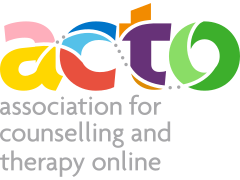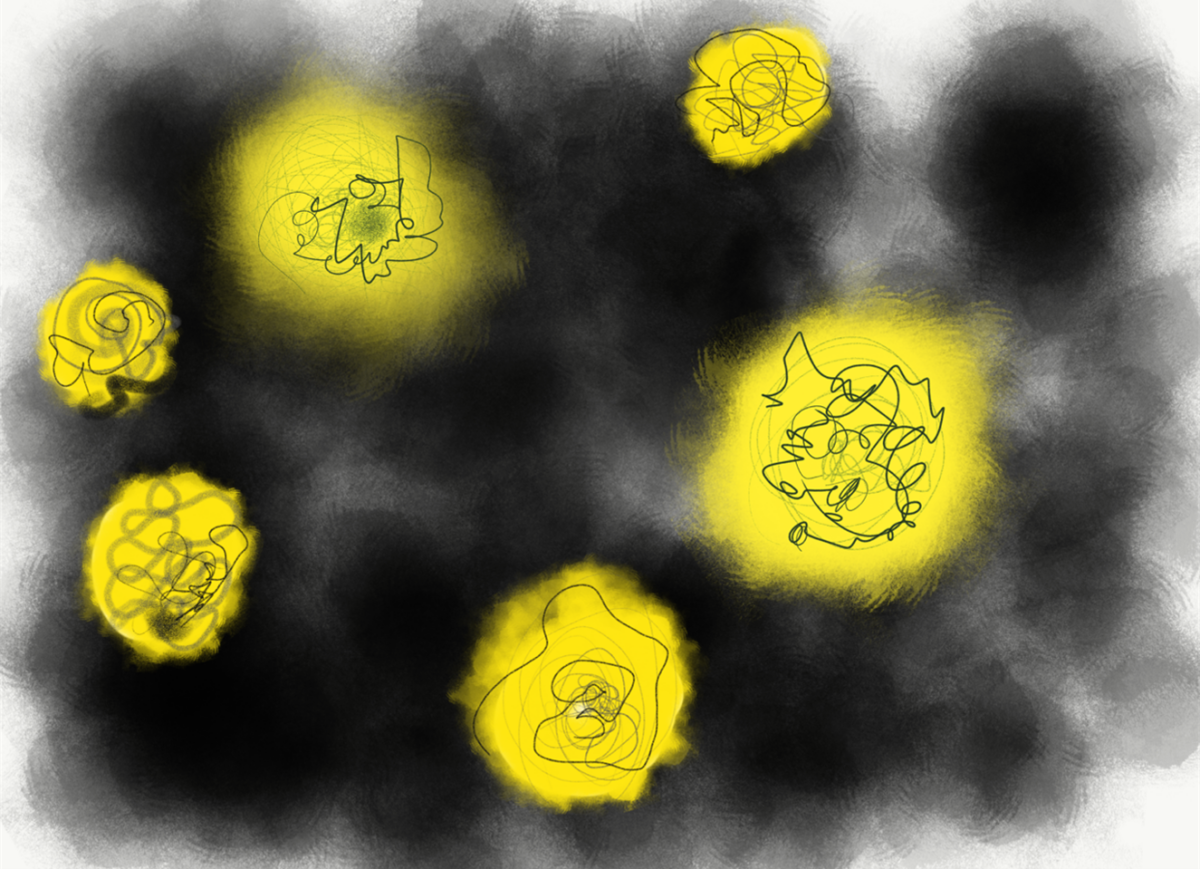Therapeutic groups in schools can be a fantastic way for children to develop empathy, find peer support, and process feelings and experiences. The recent pandemic has not only disrupted children’s usual support network and school experience, but also created the need for developing new ways of enabling social connection and group experiences. When physical distancing is imperative the online therapeutic school group can become a means of providing much needed social support, space for processing of feelings and experiences, and an outlet for children and young people to express themselves facilitated by the supportive presence of attuned adults.
Hybrid models of working, specifically where the therapist is online, and participants are together in person can enable groups placed in ‘bubbles’ access to expanded resources and experiences using digital technology. This blog post will give a taste of how a group intervention with an online therapist can provide a therapeutic opportunity and support children and young people with their wellbeing. This blog post is adapted from a longer and more detailed article A moveable Feast: Logistic and therapeutic considerations for the online school therapy group.
Aims of the intervention
To provide a 6 session block of weekly therapeutic group sessions for primary age children with the aim of supporting emotional regulation, peer support and processing of emotions and experiences. A hybrid model where the therapist is attending online with a group of children together, can allow for children and young people to access an interactive and attuned therapist through digital means. Additionally, in line with their digital rights, and involvement and empowerment with their developing digital skills, a wellbeing intervention experienced digitally has the potential to enhance children and young peoples’ understanding of how online interventions can support them.
The premise
The online therapist develops a therapeutic group with up to ten children and an ‘in person’ learning assistant with the aim of supporting group members with emotional regulation, peer support and a safe space to share experiences and feelings.
In this situation the therapist collaborates with the school to facilitate the group remotely during the school day. Key considerations for this include the quality of internet connection and appropriate technology, the expertise of the therapist in online working, suitable referrals and aims, the use of a consistent private space, and the suitability of the supporting adult who will be present with the children.
Communication
Before starting, communication between the school and the therapist is very important to make sure a thorough assessment is conducted. An agreement must be in place to meet the requirements necessary for the work to be a success, and any adaptations needed voiced and established before starting. A working alliance and understanding of the aims of the group must be developed between the therapist and the learning assistant before starting, to agree approaches in response to specific situations, such as if a child becomes dysregulated. Safeguarding procedures must be established and suitability of referrals assessed in line with group aims.
Connection
Connection of both technology, and of the felt experience of the group ‘connection’, is of great importance if the group is to be effective in achieving its aims. For this reason, tests of the equipment and internet must be carried about before starting. In order to foster connection in the group, the therapist, attending remotely and as such relying more heavily on tone of voice, screen presence and facial expression must make additional adaptations to their delivery style and structure of their intervention.
Outcomes
If assessed properly and set up with core conditions met, this type of group can very successfully support young people with their mental health and wellbeing. This is partly because consultation shows children and young people don’t tend to separate the online world, and in person world as ‘real’ and ‘not-real’. In this way, the online therapist is not interpreted as less impactful as an in person one. Key factors in the therapist being impactful while attending remotely is in their modification of their practice to compensate for factors which come to play online. These factors include understanding and mitigating for dissociation or the disinhibition effect, knowing how to amplify screen presence, and being able to design the intervention appropriately. The therapist who successfully undertakes this work will dedicate time to communicating and collaborating with the school to set the work up properly, and will also dedicate time to preparing the learning assistant who will be in the room recognising their importance in supporting the children in the space.
Conclusion
I hope I have given you a flavour of how a remote therapeutic group can be fantastic opportunity for additional support to children and young people. Those who are already working online, or with a hybrid approach blending in person and online therapy may be interested in learning more about this iteration of the hybrid model. Those who are currently not working digitally, or with groups, however are curious to find out more about possibilities may also have found some content of interest in this post or inspiration for further research and training.
Biography
Elle Gilbertson is an art therapist working with adults, young people and children in private practice and in the third sector. In her private practice she is also a clinical supervisor working with other therapists. She holds an MSc in Art Psychotherapy, and a diploma in online therapy. She has a special interest in mind/body interventions, and when appropriate integrates her training in embodied practices into her art therapy practice to support clients regulate, process feelings and foster healing. She is excited about the combined potential for art therapy and online therapy to facilitate therapeutic change.
You can find out more at www.ellegilbertson.com, or contact her directly at ellegilbertson@proton.me

